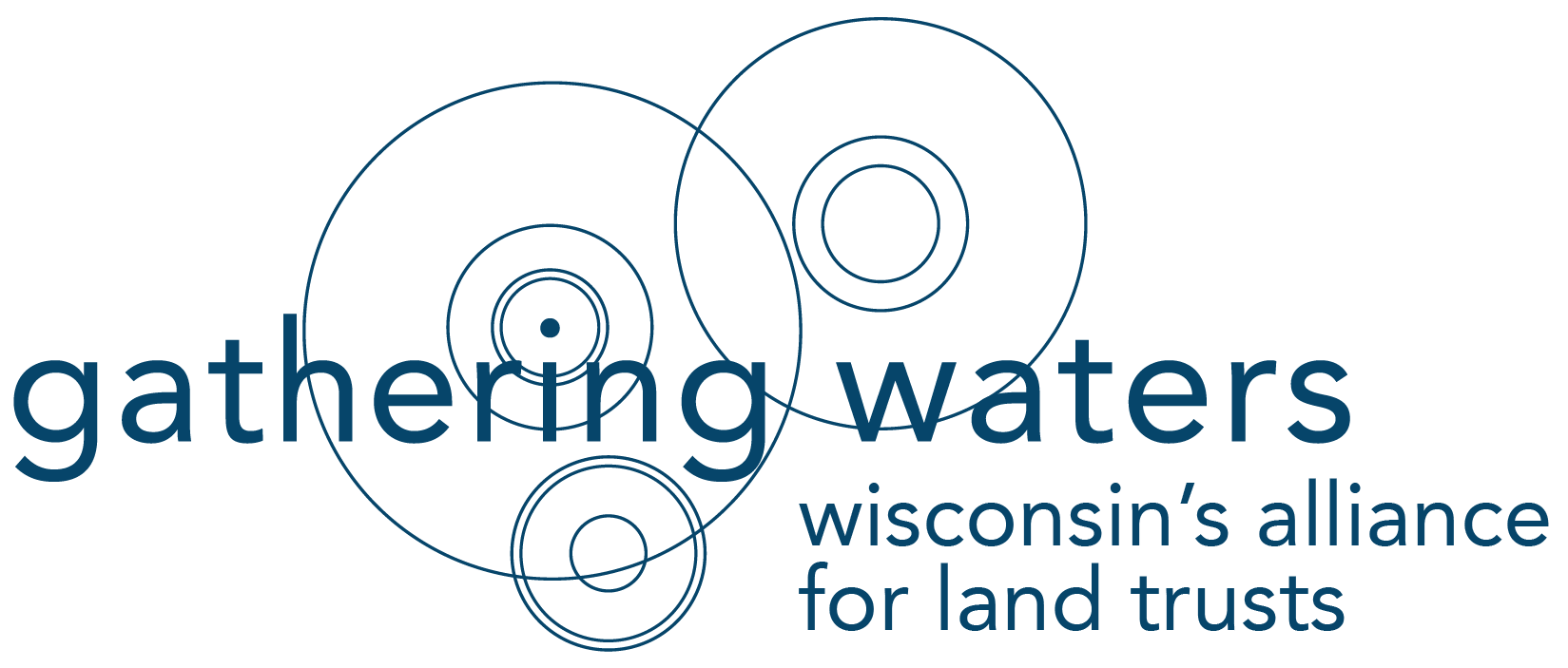Recently the Green Bay Press Gazette, among various other major media outlets around the Great Lakes region, published editorials prompted by the Healing Our Waters Coalition. As a member of the Coalition and supporter of funding the Great Lakes Restoration Initiative, we at GWC thought you’d take interest in reading more about the importance of this funding to our drinking water, clean air, and jobs in the Midwest. We’ve pasted an excerpt from the Green Bay Press Gazette’s article below.
Editorial: Restore $300 million in funding for Great Lakes
Starting Monday, Congress will begin discussing how to allocate $1.012 trillion in discretionary spending for fiscal year 2014.
It’s part of the congressional budget that passed Dec. 18 and increases discretionary spending from $986 billion in 2013 to $1.012 trillion for this fiscal year and $1.014 trillion next. Congress has until Jan. 15 to decide how to spend that money.
We have many suggestions for them, but for now we’ll confine it to one: Fully fund the Great Lakes Restoration Initiative at $300 million.
The initiative aims to protect and restore the Great Lakes. More than $1.3 billion has been invested, so far, to clean up toxic pollution, reduce runoff from farms, restore habitat and fight invasive species.
Locally, the Great Lakes Restoration Initiative has also resulted in $1.5 million in funding for Brown County for the Cat Island Restoration Project and $2 million for the Renard Isle capping.
However, funding was cut — from $300 million to $285 million — in fiscal year 2013 and it would be reduced further, to $210 million, under current proposals.
The increase in discretionary spending in the next two years gives Congress the chance to fully fund the restoration efforts.
It has bipartisan support from members of the House and Senate in the eight Great Lakes states. They’ve sent letters to an appropriations subcommittee as well as the Corps of Engineers urging the restoration of the $300 million in funding and increased efforts to halt the advance of the Asian carp.
They can see a direct impact from the protection and restoration of this fresh water. For example, lakes Michigan and Superior supply 1.6 million Wisconsin residents with drinking water, provide 170,000 jobs and fishing for 250,000 people a year, according to Healing Our Waters-Great Lakes Coalition. Across eight states, the impact is drinking water for 30 million people and 1.5 million jobs.
Outside of the Great Lakes states, protection and restoration of this natural resource is very important. The Great Lakes account for 84 percent of North America’s surface fresh water and 21 percent of the world’s. If we don’t take steps to protect it now, the problems will only get worse and the price tag will only increase.
We urge state residents to call their representatives in Congress and tell them to lobby for extra funding.


